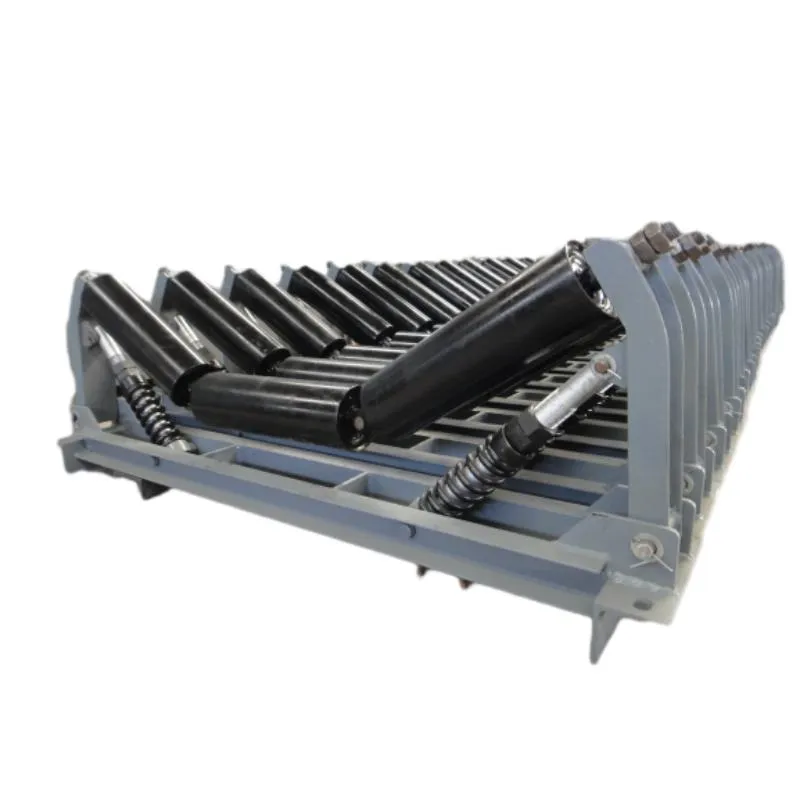 Afrikaans
Afrikaans  Albanian
Albanian  Amharic
Amharic  Arabic
Arabic  Armenian
Armenian  Azerbaijani
Azerbaijani  Basque
Basque  Belarusian
Belarusian  Bengali
Bengali  Bosnian
Bosnian  Bulgarian
Bulgarian  Catalan
Catalan  Cebuano
Cebuano  Corsican
Corsican  Croatian
Croatian  Czech
Czech  Danish
Danish  Dutch
Dutch  English
English  Esperanto
Esperanto  Estonian
Estonian  Finnish
Finnish  French
French  Frisian
Frisian  Galician
Galician  Georgian
Georgian  German
German  Greek
Greek  Gujarati
Gujarati  Haitian Creole
Haitian Creole  hausa
hausa  hawaiian
hawaiian  Hebrew
Hebrew  Hindi
Hindi  Miao
Miao  Hungarian
Hungarian  Icelandic
Icelandic  igbo
igbo  Indonesian
Indonesian  irish
irish  Italian
Italian  Japanese
Japanese  Javanese
Javanese  Kannada
Kannada  kazakh
kazakh  Khmer
Khmer  Rwandese
Rwandese  Korean
Korean  Kurdish
Kurdish  Kyrgyz
Kyrgyz  Lao
Lao  Latin
Latin  Latvian
Latvian  Lithuanian
Lithuanian  Luxembourgish
Luxembourgish  Macedonian
Macedonian  Malgashi
Malgashi  Malay
Malay  Malayalam
Malayalam  Maltese
Maltese  Maori
Maori  Marathi
Marathi  Mongolian
Mongolian  Myanmar
Myanmar  Nepali
Nepali  Norwegian
Norwegian  Norwegian
Norwegian  Occitan
Occitan  Pashto
Pashto  Persian
Persian  Polish
Polish  Portuguese
Portuguese  Punjabi
Punjabi  Romanian
Romanian  Russian
Russian  Samoan
Samoan  Scottish Gaelic
Scottish Gaelic  Serbian
Serbian  Sesotho
Sesotho  Shona
Shona  Sindhi
Sindhi  Sinhala
Sinhala  Slovak
Slovak  Slovenian
Slovenian  Somali
Somali  Spanish
Spanish  Sundanese
Sundanese  Swahili
Swahili  Swedish
Swedish  Tagalog
Tagalog  Tajik
Tajik  Tamil
Tamil  Tatar
Tatar  Telugu
Telugu  Thai
Thai  Turkish
Turkish  Turkmen
Turkmen  Ukrainian
Ukrainian  Urdu
Urdu  Uighur
Uighur  Uzbek
Uzbek  Vietnamese
Vietnamese  Welsh
Welsh  Bantu
Bantu  Yiddish
Yiddish  Yoruba
Yoruba  Zulu
Zulu cushion roller
Cushion Rollers Elevating Comfort and Functionality in Various Applications
Cushion rollers, an innovative solution in the realm of material handling and logistics, have gained significant attention and utilization in various industries. These rollers, characterized by their padded surface, play a crucial role in enhancing both the efficiency and safety of transporting goods. In this article, we delve into the features, benefits, and applications of cushion rollers, highlighting their vital role in modern operations.
Understanding Cushion Rollers
Cushion rollers are cylindrical components designed with a soft outer layer, typically made from rubber or foam materials. This cushioned surface serves dual purposes it protects the items being transported from damage and provides a smoother, quieter operation compared to traditional hard rollers. With the versatility to accommodate a wide range of weights and sizes, cushion rollers are becoming increasingly popular in warehouse and manufacturing settings.
Key Features
1. Shock Absorption One of the primary features of cushion rollers is their shock-absorbing capability. The soft outer layer minimizes impact during the transfer of goods, which is particularly beneficial for fragile or delicate items. This feature reduces the likelihood of breakage, ensuring that products maintain their integrity during handling.
2. Noise Reduction Traditional rollers can produce significant noise during operation, which can be distracting in work environments. The cushioned surface of these rollers significantly dampens sound, creating a quieter working atmosphere. This is especially advantageous in settings like retail spaces or food processing plants, where noise control is essential.
3. Enhanced Grip Cushion rollers often exhibit improved traction compared to their hard counterparts. This better grip ensures that items remain stable during transit, reducing the risk of slippage or displacement. The added friction provides peace of mind for operators and enhances overall safety in material handling.
4. Versatility Cushion rollers can be tailored to meet specific industry requirements, making them suitable for a diverse range of applications. From heavy-duty manufacturing setups to light-duty transportation systems, these rollers can be designed to handle varying loads and conditions.
Benefits of Using Cushion Rollers
The adoption of cushion rollers in operational processes offers several advantages
cushion roller

- Increased Efficiency The shock absorption and reduced noise levels facilitate a smoother operation, thereby increasing overall productivity. Workers can focus on their tasks without being distracted by noise or concerns about damaging products.
- Cost-Effectiveness While there may be an initial investment in cushion rollers, their durability and protective features can result in long-term savings. By minimizing product damage and reducing the need for replacements, businesses can lower operational costs significantly.
- Enhanced Safety The improved grip and stability provided by cushion rollers contribute to a safer working environment. With reduced risk of accidents caused by slipping or falling items, companies can mitigate potential workplace hazards.
Applications Across Industries
Cushion rollers have found applications in various sectors, demonstrating their versatility
- Manufacturing In assembly lines, cushion rollers facilitate the movement of products between stations without causing damage. They can handle heavy items while ensuring smooth operation.
- Warehousing Cushion rollers are commonly found in conveyor systems, allowing for the efficient transport of goods while preserving their integrity.
- Food and Beverage Industry The noise-reducing qualities of cushion rollers make them ideal for environments where silence is prioritized, such as bakeries or food processing facilities. Additionally, their non-slip properties contribute to safer handling of packaged goods.
- Retail Cushion rollers help in transporting merchandise within stores, ensuring that items remain undamaged and allowing for quieter operations, which contributes to a better customer experience.
Conclusion
In conclusion, cushion rollers represent a significant advancement in material handling solutions. Offering a combination of shock absorption, noise reduction, enhanced grip, and versatility, they are invaluable in various industries. By investing in this innovative technology, businesses can enhance efficiency, reduce costs, and ensure safer working conditions, ultimately leading to improved operational performance and customer satisfaction. As industries continue to evolve, cushion rollers will undoubtedly remain a key player in the logistics and material handling landscape.
-
Revolutionizing Conveyor Reliability with Advanced Rubber Lagging PulleysNewsJul.22,2025
-
Powering Precision and Durability with Expert Manufacturers of Conveyor ComponentsNewsJul.22,2025
-
Optimizing Conveyor Systems with Advanced Conveyor AccessoriesNewsJul.22,2025
-
Maximize Conveyor Efficiency with Quality Conveyor Idler PulleysNewsJul.22,2025
-
Future-Proof Your Conveyor System with High-Performance Polyurethane RollerNewsJul.22,2025
-
Driving Efficiency Forward with Quality Idlers and RollersNewsJul.22,2025





























